Shooting Star Care - Information On Shooting Star Plants
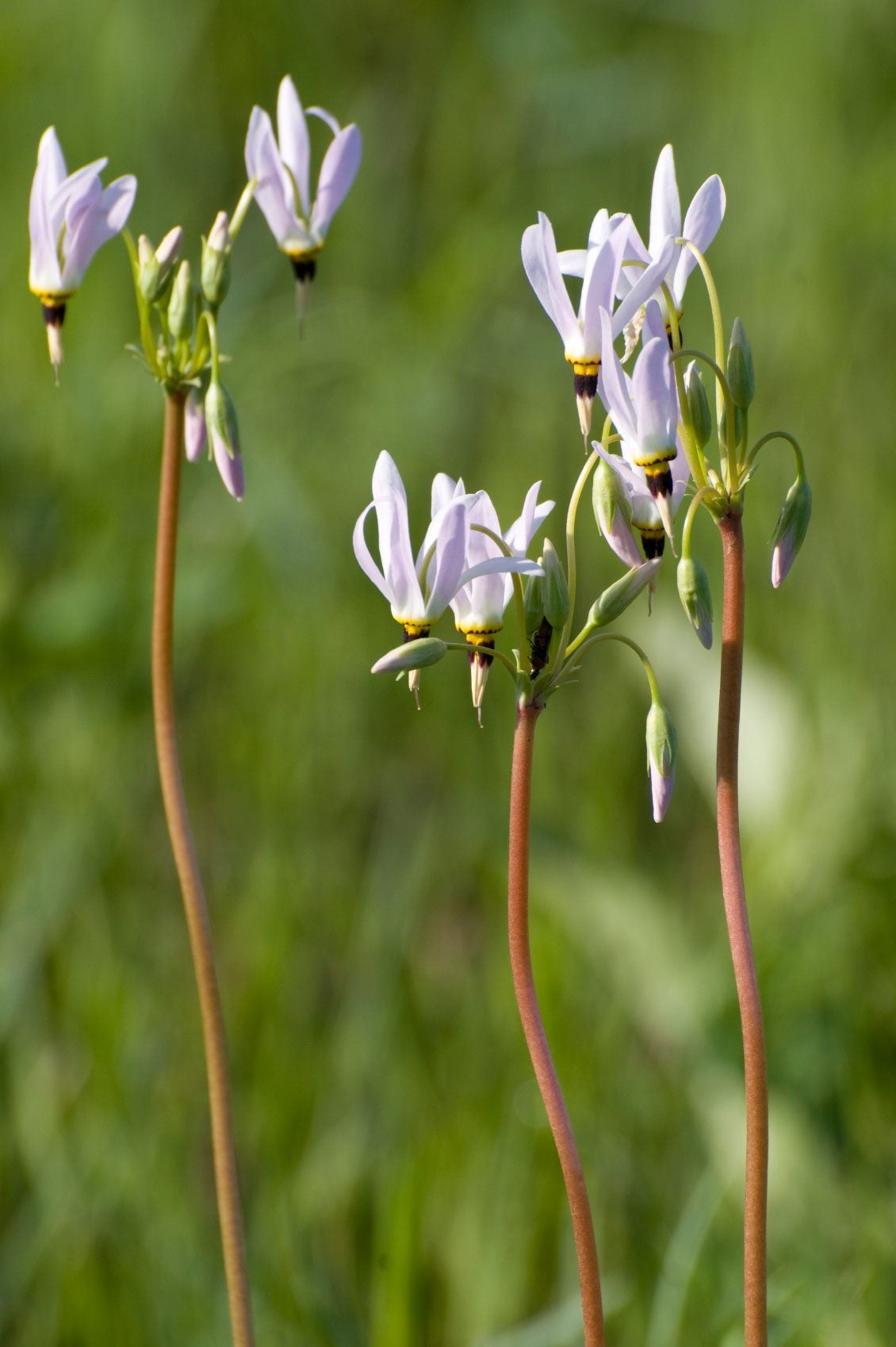

The common shooting star plant is native to North American valleys and mountains. The plant may be found growing wild in low elevation areas in spring or in summer where consistent moisture is available. Growing shooting star wildflowers in the native home garden is easy and produces masses of the attractive blooms having yellow or lavender collars.
Information on Shooting Star Plants
Common shooting star blooms in mid-spring from May to June. The plant forms rosettes of long narrow leaves and singular slender stems. The flowers hang in umbels from the stems and are white to bright pink. The petals grow backward and up, away from the reproductive organs of the plant. These dangle down from the center and may be a pale yellow, pink, or even soft purple color. Flower color combinations are blue-purple, yellow-orange, or pink-red. The common shooting star (Dodecatheon meadia) is a member of the Primrose family and is a natural part of the prairie garden. These wildflowers are found in wetlands to semi-arid prairies. They are also found growing among woodland plants, especially in oak forests.
Growing Shooting Star Wildflower
The common shooting star plant produces small, hard green capsules after flowering. These fruits contain the seeds of the wildflower, which require pollination by bees to set. The mature fruit will remain on the plant until fall. The fruit pods are oval and dry out to split open with a ridge of teeth-like serrations on the woody pod. You can harvest the pods and sow the seeds. However, some important information on shooting star plants is that the seeds require stratification, which you can mimic by putting the seed in the refrigerator for 90 days. Then plant the seeds outside in spring in a prepared bed located in sun to partial shade. Seeds germinate readily in moist soils.
Using Common Shooting Star Plant in the Garden
Use this wildflower in the native garden, near a water feature, or other moist area. Common shooting star only blooms for a short period in late May to very early June but has an unusual looking flower that is a harbinger of the growing season. This herbaceous perennial plant will grow 2 to 16 inches (5-41 cm.) tall and adds interesting foliage, texture, and fabulous blooms for the natural garden.
Shooting Star Care
Shooting star plants are short-lived perennials, which do not produce flowers the first year. Shooting star care is minimal once they have established, but the plant will produce the best flower display if the stems are cut back in spring. The best flowers are produced in the third year and thereafter flowering diminishes. Common shooting star plants need protection from deer and elk, who dine on the early shoots in spring. Some types of caterpillars and other insect larvae will feed on the plant. Keep old plant debris out of the garden where these pests hide and place a thick mulch of bark around the base of established plants to prevent damage.
Gardening tips, videos, info and more delivered right to your inbox!
Sign up for the Gardening Know How newsletter today and receive a free copy of our e-book "How to Grow Delicious Tomatoes".

Bonnie Grant is a professional landscaper with a Certification in Urban Gardening. She has been gardening and writing for 15 years. A former professional chef, she has a passion for edible landscaping.
-
 How To Make A Bouquet Garni Or Herb Bundle For Cooking
How To Make A Bouquet Garni Or Herb Bundle For CookingIf you’re a great cook, you may have made an herb bundle before. If this is a new idea, learn how to add sparkle and interest to your dish with a bouquet garni.
By Amy Grant
-
 ‘Coral Charm’ Peony Care For Sublime Semi-Double Peonies With Lush Salmon Pink Flowers
‘Coral Charm’ Peony Care For Sublime Semi-Double Peonies With Lush Salmon Pink FlowersPeonies are known for their soft baby pink or magenta tones, but if plushy coral blooms are your thing, here’s our guide to the ultimate ‘Coral Charm’ peony care
By Tonya Barnett
-
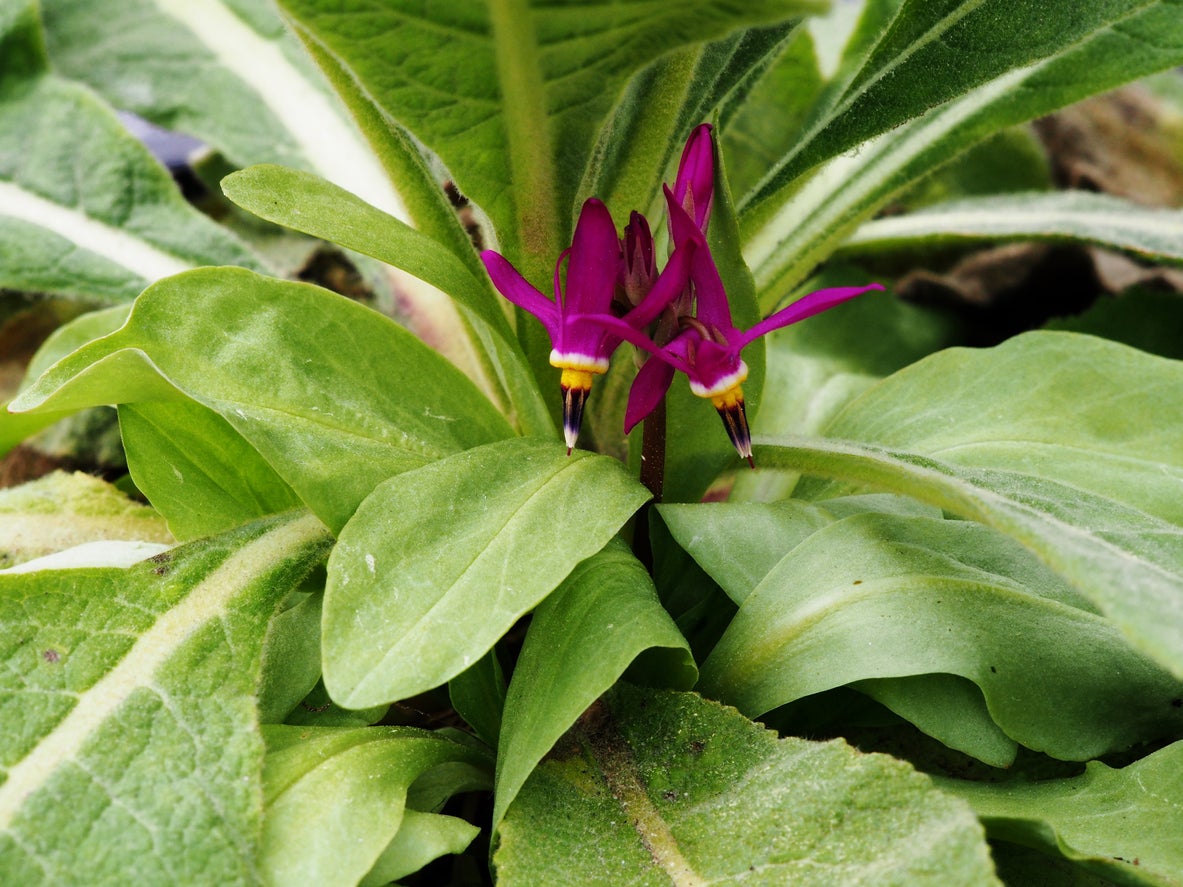 Shooting Star Division – How To Divide Shooting Star Plants
Shooting Star Division – How To Divide Shooting Star PlantsAs it is a perennial, dividing shooting star is the easiest and quickest method of propagation. Click here for tips on how to divide shooting star and create more of these whimsical plants to adorn your garden or share with a friend.
By Bonnie L. Grant
-
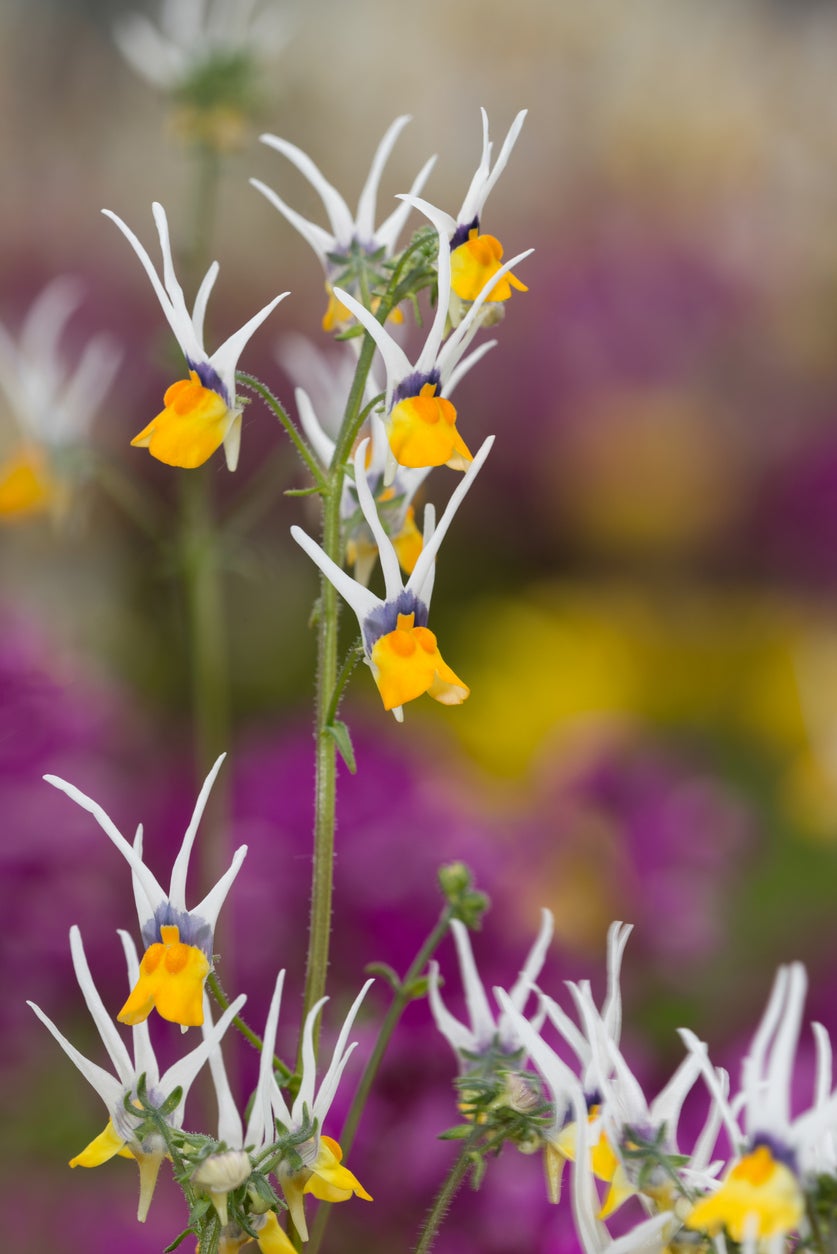 Propagating Shooting Star Plants – How To Propagate Shooting Star Flowers
Propagating Shooting Star Plants – How To Propagate Shooting Star FlowersThe propagation and cultivation of shooting star can be used in the home garden, and to restore native grasslands. Propagating shooting star plants by seed takes a little extra effort while shooting star division is the simplest method of propagation. Learn more here.
By Amy Grant
-
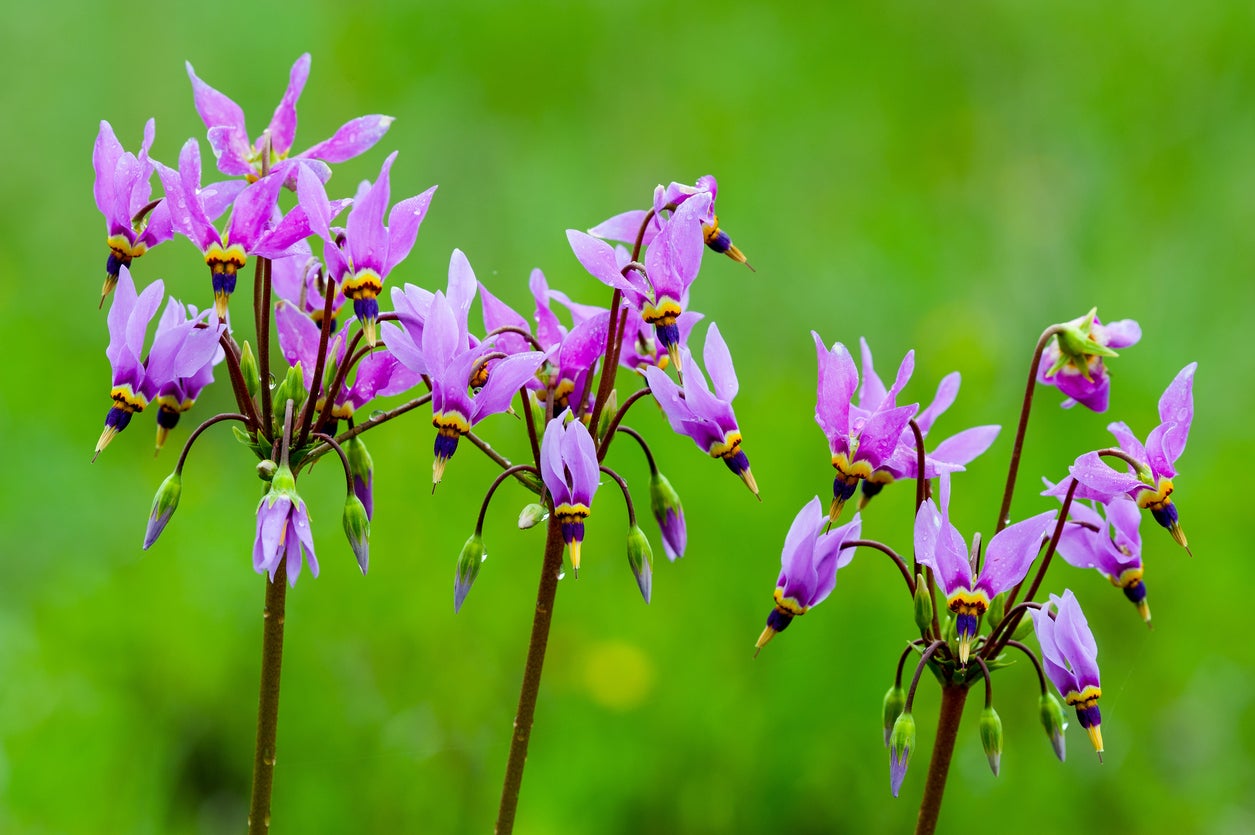 Shooting Star Seed Propagation – How And When To Plant Shooting Star Seeds
Shooting Star Seed Propagation – How And When To Plant Shooting Star SeedsHardy to USDA plant zones 4 through 8, shooting star prefers partial or full shade and usually disappears completely when temps rise in summer. Growing shooting star from seed is the easiest way of propagation. Learn more about shooting star seed propagation here.
By Mary H. Dyer
-
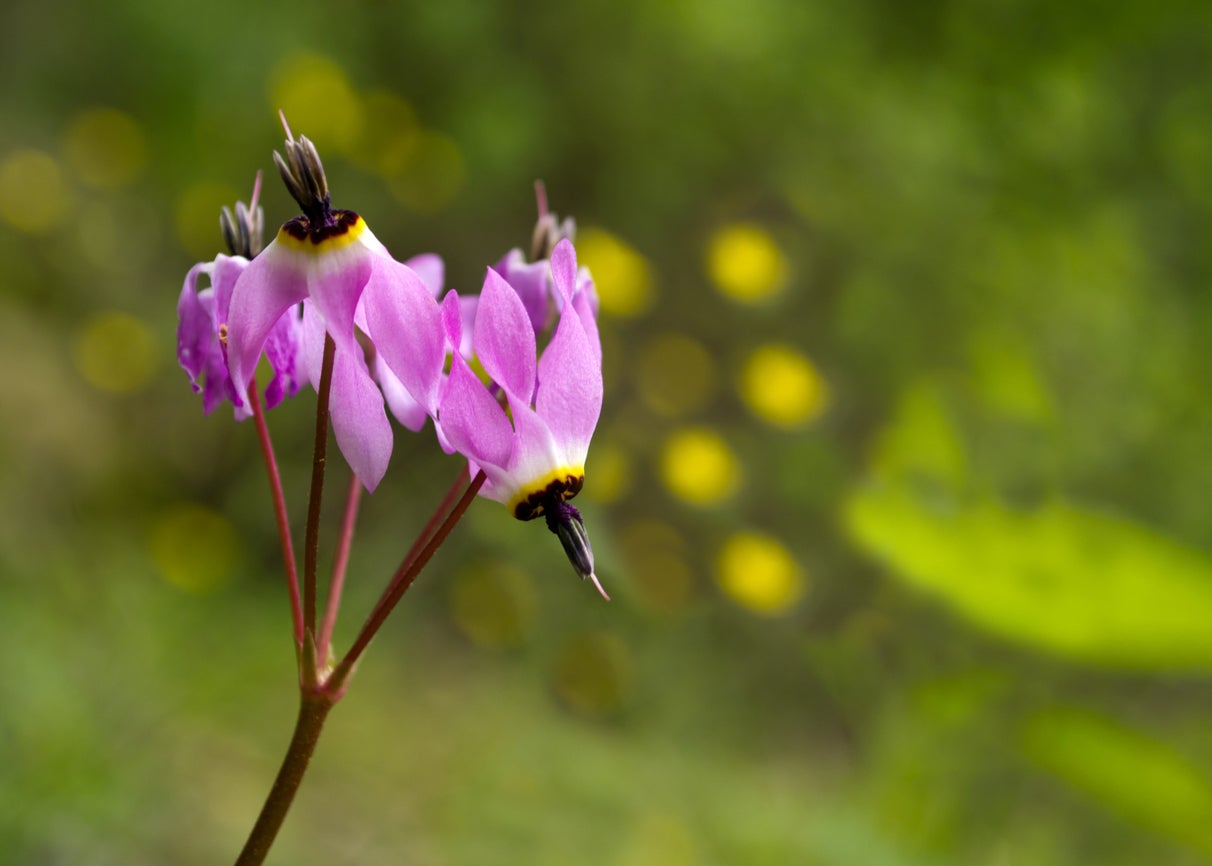 Dodecatheon Species – Learn About Different Shooting Star Plants
Dodecatheon Species – Learn About Different Shooting Star PlantsShooting star is a lovely native North American wildflower that is not just restricted to wild meadows. There are many different shooting star varieties to choose from to add stunning colors to your native and wildflower beds. This article will get you started.
By Mary Ellen Ellis
-
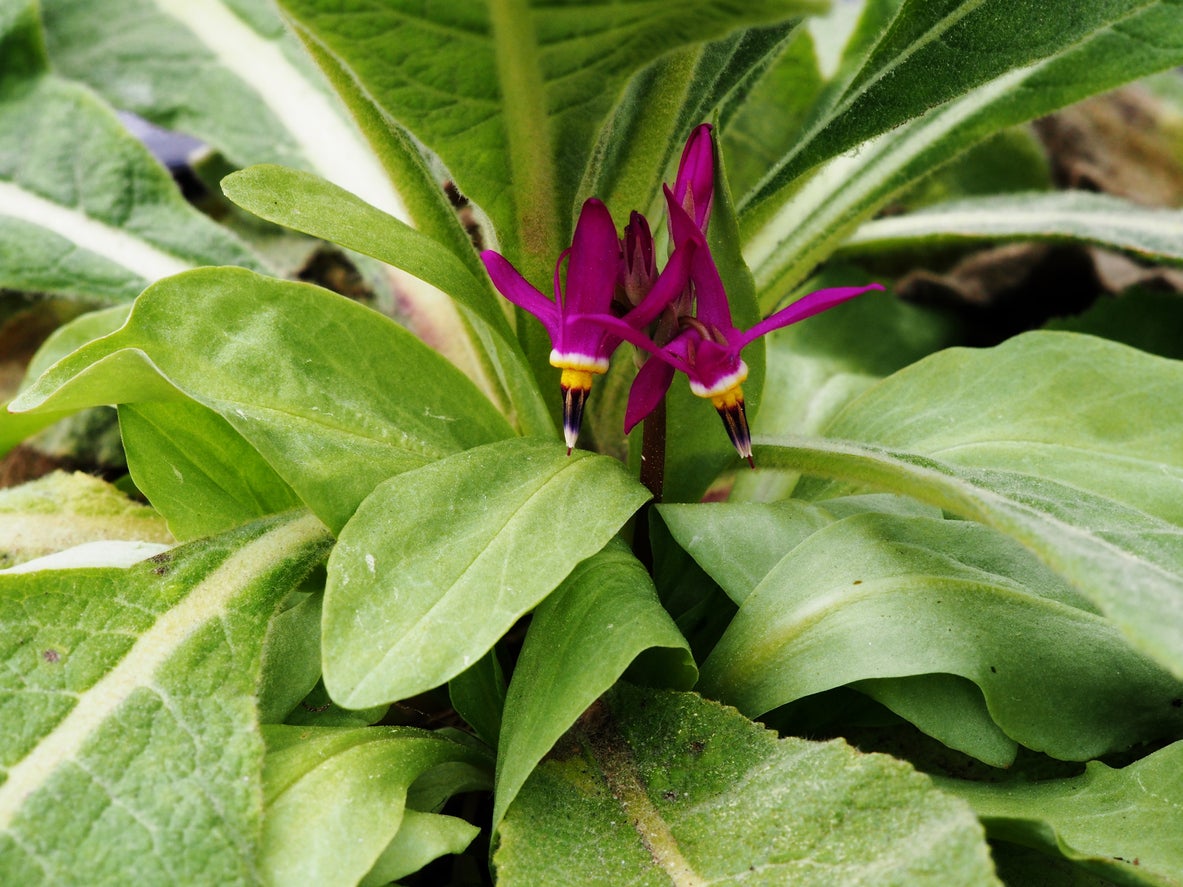 Feeding Shooting Stars – How To Fertilize A Shooting Star Plant
Feeding Shooting Stars – How To Fertilize A Shooting Star PlantShooting star is a pretty wildflower native to North America that makes a nice addition to perennial beds. To keep it happy, healthy, and producing those lovely, star-like flowers, feeding shooting stars the right way, with the right fertilizer, is important. Learn more here.
By Mary Ellen Ellis
-
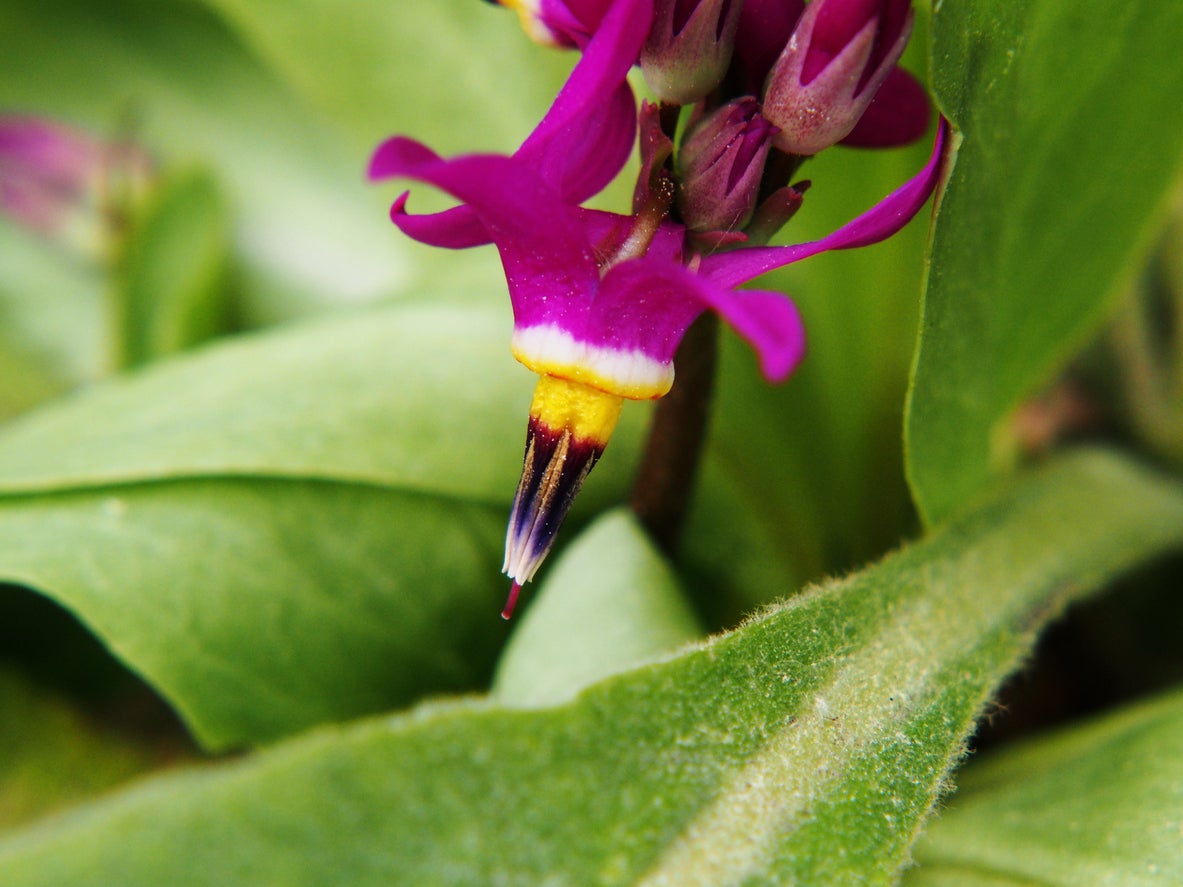 When Does Shooting Star Bloom: Is My Shooting Star Plant Dormant
When Does Shooting Star Bloom: Is My Shooting Star Plant DormantThe perennial flower “shooting star” is an early spring blooming wildflower that may be a perfect addition to growers’ wild landscapes. Click the following article for information on shooting star bloom time and see if this flower is a fit for your garden.
By Tonya Barnett
-
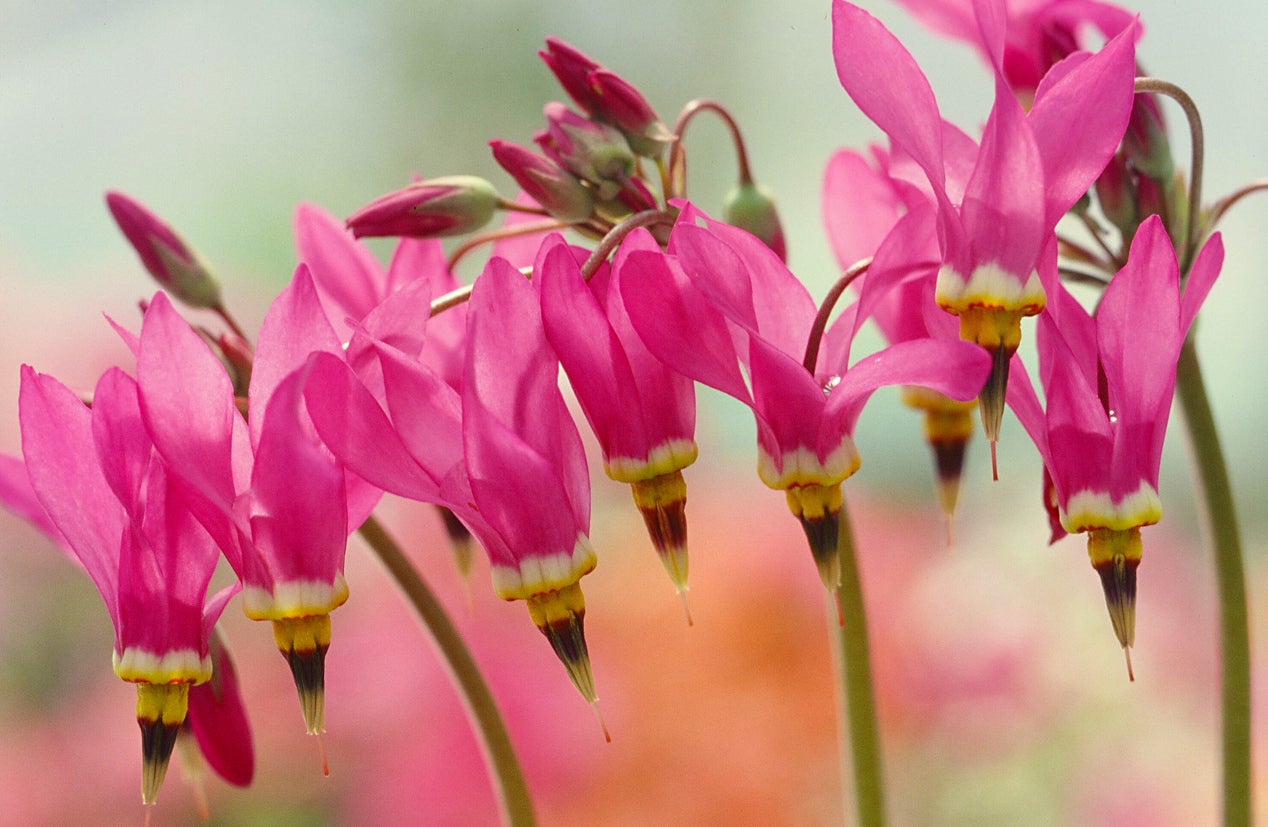 Shooting Star Watering Guide: How To Water A Shooting Star Plant
Shooting Star Watering Guide: How To Water A Shooting Star PlantWhether you’re thinking of growing shooting star plants (Dodecatheon) in the garden or you already have some in the landscape, watering a shooting star properly is an important aspect to consider. Click here for information on the watering needs for this plant.
By Becca Badgett